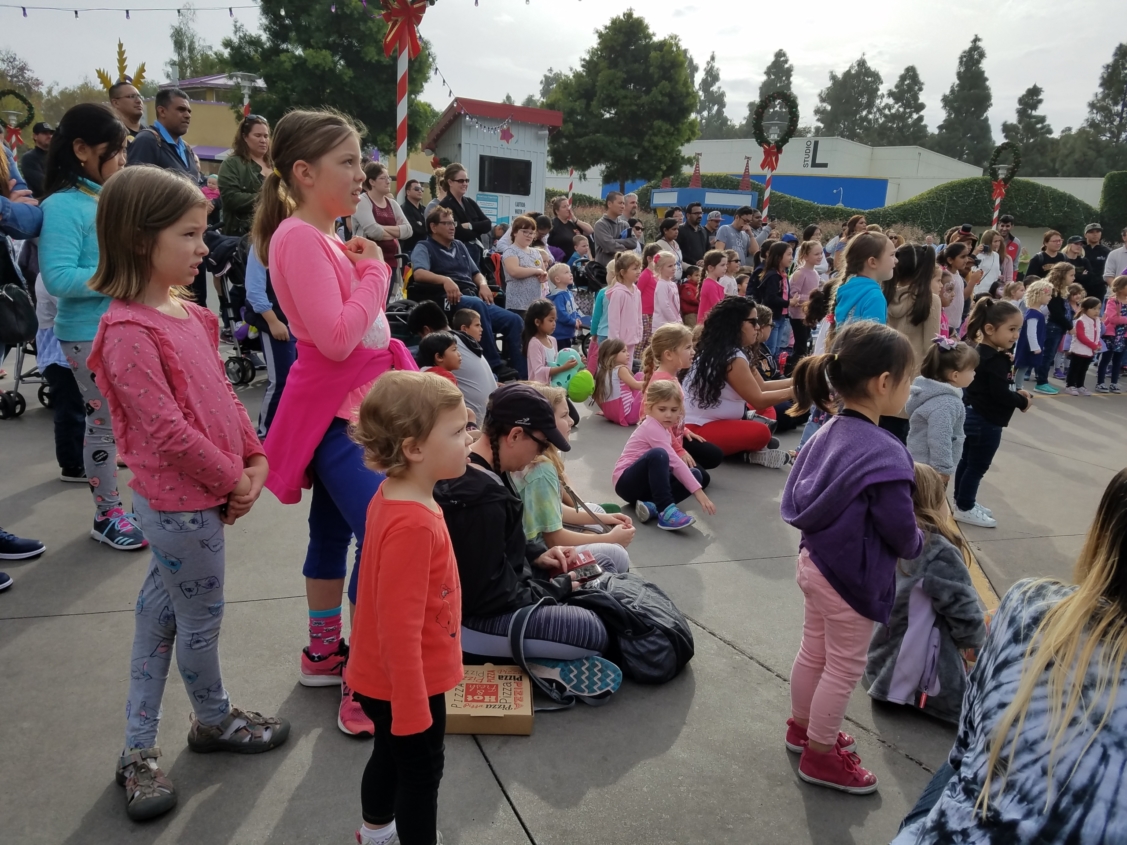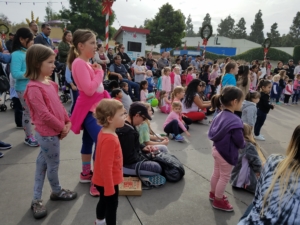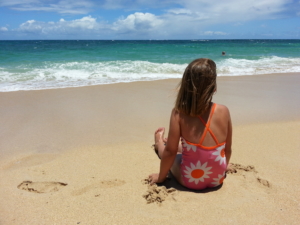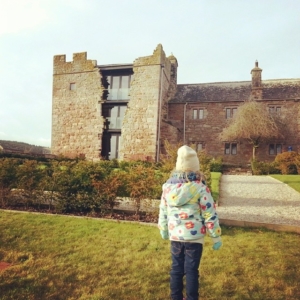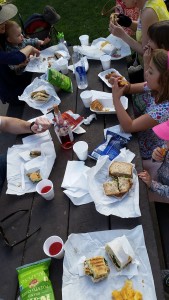
Lunch, after tasting.
When you live in Wine Country (that’s where we live), you do what you have to do for a nice day on the town. Sometimes, that means taking the kids when we go wine-tasting. People think I’m crazy when I tell them Powerwoman and I do this on a regular basis. The comments I get are always the same. How do you keep them occupied? What do you do if they melt down? Wineries actually let kids in?
The truth is that wine-tasting is just like any other travel-related activity; you can bring the whole family, provided you plan ahead.
Of course the “planning ahead” part is where most people veer off-course. Some fail due to laziness. Others falter out of ignorance. Here, then in no particular order, are four of our top secrets to wine-tasting with kids.
Tip 1: Pick the right winery
Not all wineries are created equal. Some are snobby. Some take themselves way too seriously. These are not the ones to which you should bring kids. Instead, look for wineries that promote a more laid-back vibe, ones with outdoor seating, or ones that actually go out of their way to be family-friendly. Some wineries—such as Honig Vineyard & Winery in Rutherford—actually provide paper and crayons for kids who accompany their parents for tastings. Others, such as Francis Ford Coppola Winery in Geyserville, have a host of activities for youngsters—everything from bocce to a big teepee with library books for perusal. If you’re not sure whether a winery would be good for kids, it never hurts to call and ask. Just remember: Don’t be intimidated by an attitude!
Tip 2: Pack distractions
Not even the best kids on Earth can be expected to sit still for an hour while their moms and dads get drunk. This is why distractions are critical to help them through it. The best distractions are the ones that elicit creativity—art projects, crayons and coloring books, card games (for older kids), or loom bracelets. Other distractions might include educational apps on a tablet or Mad Libs. (If you really must, technically you can stick your kid in front of a screen, but we are not fans of that approach around here.) The more distractions you bring, the longer you should have to linger with grownups. Just this past weekend, we visited Three Sticks Wines in Sonoma for a private tasting, and the glitter-sheets and sticker books we brought with us took up just the right amount of time.
Tip 3: Have a backup plan (and a DP)
If you’re bringing a finite number of distractions and it seems like one (or more) of the natives Is getting restless, it’s important to devise a Plan B. This can be as simple as using silly voices to describe certain highlights at the winery or as complicated as an exit strategy for dragging the family over to a vehicle across the street. At Three Sticks, where we plied the kids with arts and crafts, the backup plan was a sack full of Shopkins, and it worked like a little plastic charm (see what I did there?). Backup plans aren’t only good for the younger generation; they’re good for us grownups, too. It’s a good idea to always designate a “Designated Parent” who can stay relatively sober to deal with transitioning from the first distraction to Plan B. In our family we call this person the DP. (And, for better or for worse, I’m usually the DP.)
Tip 4: Reward accordingly
Once you’ve tasted your wine, once you’ve left the winery for the day, it’s important to reward your kids for good behavior. Not only does the reward celebrate their good choices, but it also makes it clear that they will receive benefits for good behavior down the road. The rewards can be different each time—sometimes we’ll take the girls to get ice cream; other times we’ll buy them each a (small and inexpensive) new toy (what are Shopkins anyway?). This past weekend, after our tasting at Three Sticks, we took the girls to a nearby playground and let them run around like maniacs for the better part of an hour. Then we treated them to a kick-ass lunch. They appreciated the indulgence. We grown-ups did too.
Over the years these are the secrets that have worked for us. Of course they’re not exclusive; I’m sure there are dozens of other good pointers on the subject of managing a wine-tasting with kids. If you have any other tips to share, please feel free to add them in the comment field.
UPDATE: A reader reminded me of an important caveat worth mentioning here: Don’t drink and drive! People who are not familiar with winery-hopping might not realize how much wine is poured and how quickly you can get tipsy. Also, remember that when drinking, you are setting a living example for your kids. This means it’s important that you sip and spit, have a Designated Driver, or hire a car and driver. These precautions always are important, but even more so with children. I’m just sorry I neglected to make this clearer from the beginning.

